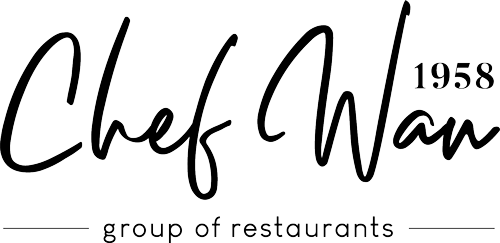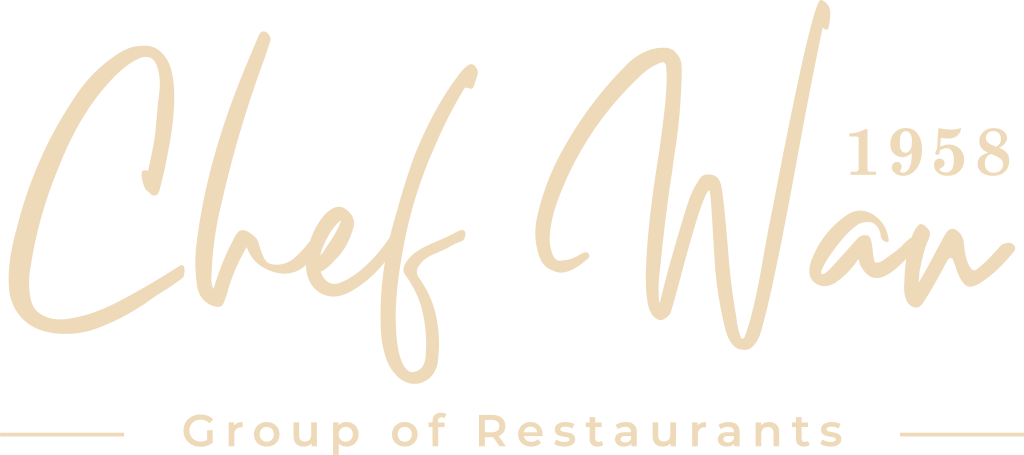As the heart of any restaurant, the kitchen is a bustling place where culinary creations come to life. Behind the swinging doors, talented chefs and kitchen staff work tirelessly to deliver delectable dishes to eager diners. In this fast-paced environment, timing and multitasking play a paramount role in ensuring the smooth operation of a kitchen.
Introduction
In the chaotic realm of a busy restaurant kitchen, timing is everything. From food preparation to plating and serving, each step must be executed with precision to guarantee customer satisfaction. Moreover, efficient multitasking is key to managing multiple orders simultaneously, maintaining quality, and meeting customers’ expectations.
The Art of Timing
In a professional kitchen, timing is not just about setting an alarm or following a recipe’s suggested cooking duration. It involves a deep understanding of different ingredients, flavors, and cooking techniques, all while considering various factors such as order volume, customer preferences, and dietary restrictions.
Accurate timing allows chefs to achieve the perfect degree of doneness or texture, ensuring each dish is cooked to perfection. Overcooked pasta or undercooked steak can lead to unhappy customers and a tarnished culinary reputation. By mastering timing, chefs can maintain consistency and deliver exceptional dining experiences time and again.
Benefits of Multitasking
Multitasking is the backbone of any bustling kitchen. Chefs must juggle a multitude of tasks simultaneously, from chopping vegetables to monitoring cooking temperatures and coordinating plating arrangements. A well-trained chef can handle multiple orders efficiently, minimizing delays and ensuring all guests receive their meals in a timely manner.
By embracing multitasking, kitchen staff can enhance productivity and reduce waiting times for hungry patrons. Efficiently managing various cooking stations, chefs can synchronize the preparation of multiple dishes, resulting in a harmonious choreography in the kitchen.
Surge Management
Peak hours in a busy kitchen demand exceptional multitasking and precise timing. When the restaurant is swamped with orders, coordination becomes paramount. The success of a bustling kitchen lies in the ability of the team to synchronize their efforts, communicate effectively, and prioritize tasks.
During these busy periods, chefs should prioritize dishes based on their complexity and preparation time. By using their expertise to estimate how long each dish will take, they can ensure that orders are served promptly and customers aren’t left waiting excessively.
Maintaining Quality in a Time Crunch
Though timing and multitasking are critical in a fast-paced kitchen environment, maintaining quality should never be compromised. Chefs must strike a delicate balance between speed and precision, avoiding shortcuts that may sacrifice the taste and presentation of their creations.
To uphold quality standards, chefs need to meticulously organize their workstations, ensure ingredients and tools are readily accessible, and follow rigorous food safety practices. This enables them to work more efficiently, reduce mistakes, and deliver consistent results throughout the busiest of times.
Conclusion
In summary, the importance of timing and multitasking within a busy kitchen environment cannot be overstated. By mastering the art of timing, chefs can ensure their dishes are cooked to perfection, while multitasking enables kitchen staff to efficiently manage multiple orders and deliver an exceptional dining experience. Effective surge management and a commitment to maintaining quality further contribute to the success of a busy kitchen.
FAQ
1. How can chefs improve their timing skills?
To improve timing skills, chefs can practice by using timers and following recipes. Additionally, learning about ingredient cooking times and experimenting with different cooking techniques can greatly enhance timing accuracy.
2. What are some tips for effective multitasking in the kitchen?
To effectively multitask, chefs should organize their workstation, prioritize tasks based on preparation time, and communicate effectively with colleagues. Setting achievable goals and avoiding distractions can also contribute to successful multitasking.
3. How do chefs handle unexpected delays in a busy kitchen?
Chefs must be adaptable and resourceful when faced with unexpected delays. They can adjust cooking temperatures, prioritize certain orders, or call for additional support from colleagues to minimize the impact on overall service.
4. Does multitasking ever compromise the quality of dishes?
While multitasking is crucial in a busy kitchen, chefs should always prioritize maintaining quality. By organizing their workstations and following rigorous food safety practices, chefs can ensure that multitasking doesn’t negatively impact the overall quality of their culinary creations.
5. What strategies can chefs employ to manage surges during peak hours?
During peak hours, chefs can manage surges by estimating dish preparation times, prioritizing orders based on complexity, and fostering effective communication within the kitchen team. Developing contingency plans and having additional staff on standby can also help during high-demand periods.


